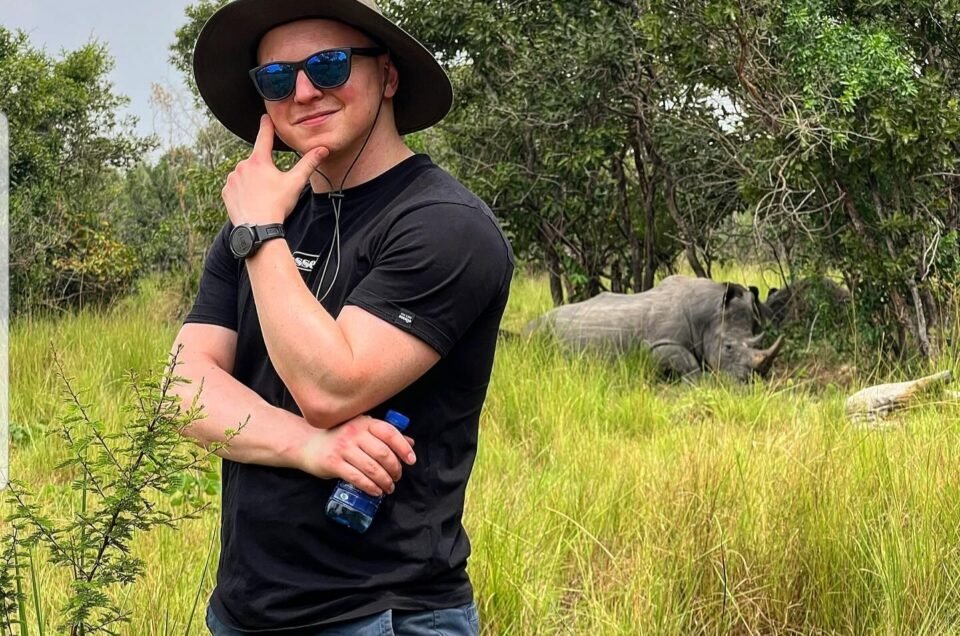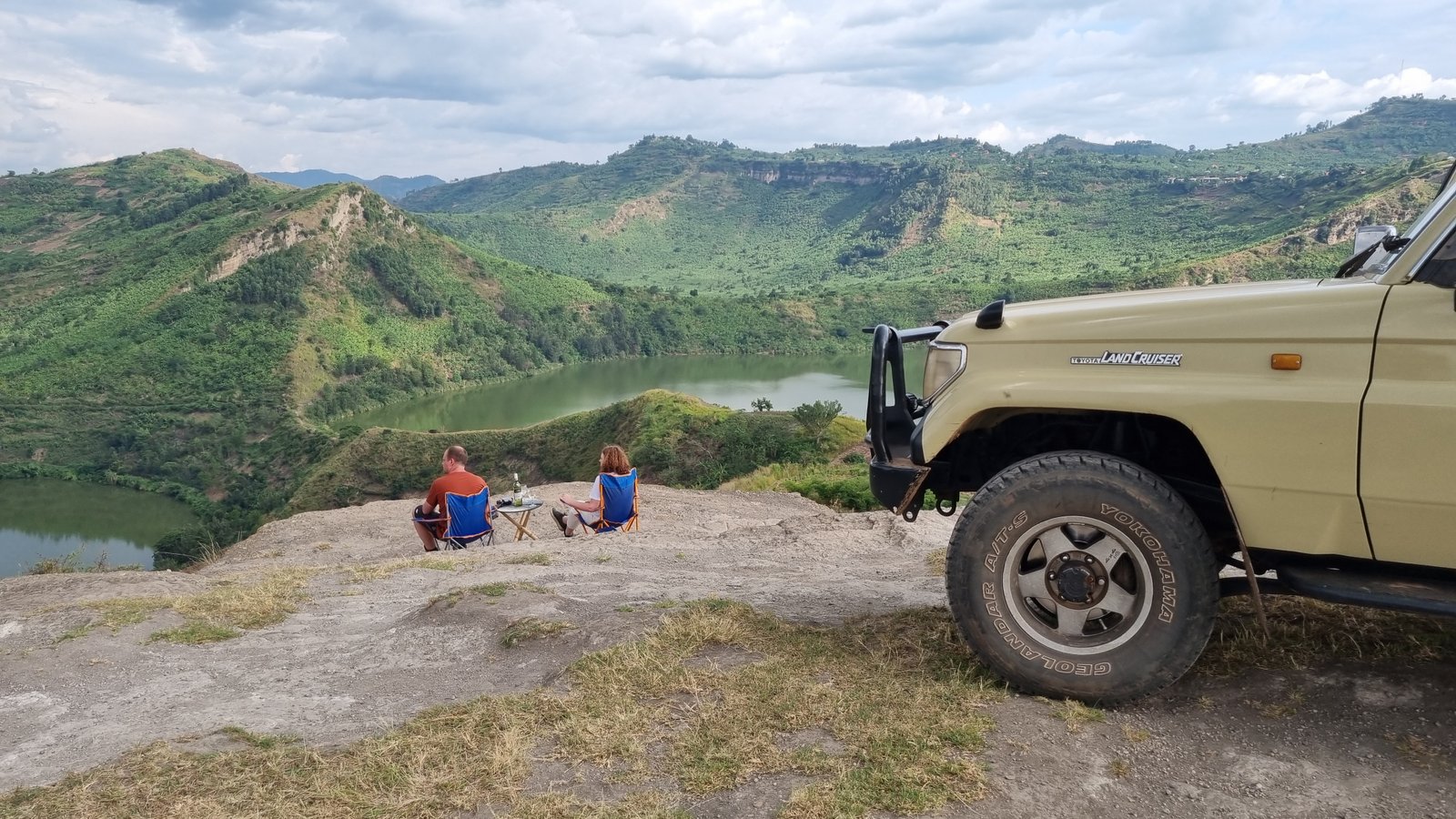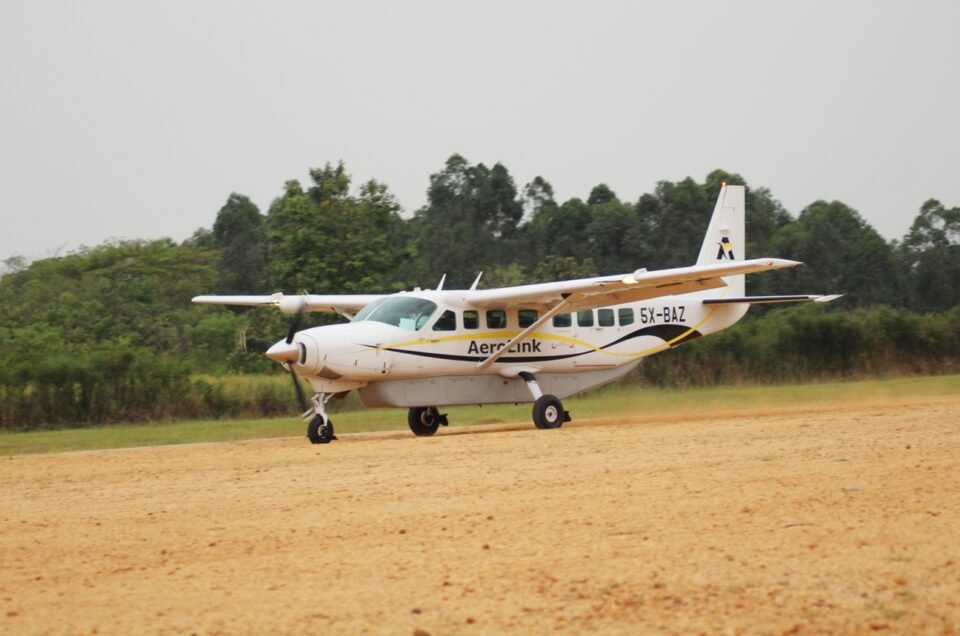These animals are big, bulky and absolutely brilliant!
Amazing Information About Rhinos
These animals are big, bulky, and absolutely brilliant! There are five different species of rhino:
- White rhino
- Black rhino
- Greater one-horned rhino (also known as Indian rhino)
- Sumatran rhino
- Javan rhino

The name “rhinoceros” means ‘nose horn’ and is often shortened to “rhino.” These brilliant beasts are known for their awesome giant horns.

Javan and greater one-horned rhinos have one horn, whereas the white, black, and Sumatran rhinos have two. There are less than 30,000 rhinos left in the wild due to poaching and habitat loss. Three of the five rhino species are listed as being critically endangered (black rhino, Sumatran rhino, and Javan rhino). Rhinos are an umbrella species – protect the rhino, and you protect all the other species that share their habitat.
Both the white and black rhinos are actually grey in color. The term “white rhino” comes from the Afrikaans word for “wide,” which describes its mouth! These incredible creatures are some of the biggest animals in the world! The largest of the five species is the white rhino, which can grow to 1.8m tall and can weigh a massive 2,500kg – the same weight as 30 men!
Despite their size, rhinos are herbivores (plant eaters) and love to munch on grass, plants, and bushes! In Africa, white rhinos are known as ‘grazers’ as they prefer the lush savannah grasses, while black rhinos are known as ‘browsers’ as they prefer the bushes and trees of the dense thickets.
You can tell the difference between a white and black rhino by the shape of their mouths – the white rhino has a wide fat lip, and the black rhino has a more pointed lip. A group of rhinos is called a ‘crash.’ A rhino horn is made from a protein called keratin, the same substance that fingernails and hair are made of.
Rhinos are hunted by humans for their horns. They produce about 23kg of dung in a day! However, the dung enriches the soil and helps feed a huge array of creepy crawlies, such as dung beetles! They often use stinky piles of poo to communicate with each other! These are known as ‘middens.’ The rhino skin is thick and protective. They are very fond of wallowing in mud baths!
Rhinos are great diggers and excavate minerals from the ground using their horns and feet. Their best friends are often ‘feathered’ companions, such as the Oxpecker (or tick bird), which feed on the pesky insects on the rhino’s thick skin!
While rhinos have no natural predator, they can get frightened really easily, and their natural instinct is to charge at whatever has spooked them! Tapirs, horses, and zebras are the closest relatives to the rhino. These animals are odd-toed ungulates, and their footprints resemble the Ace of Clubs! Females reproduce every two and a half years, and a calf will remain with their amazing mum for about three years.
Rhino Tracking in Uganda
In Uganda, the best location for rhino tracking is the Ziwa Rhino Sanctuary, situated between Kampala and Murchison Falls National Park. This sanctuary is dedicated to rhino conservation and offers a safe habitat for both white and black rhinos.
Key Details for Rhino Tracking in Uganda:
- Ziwa Rhino Sanctuary:
- Location: Approximately 176 kilometers (about 109 miles) north of Kampala.
- Access: Easily accessible via the main road to Murchison Falls National Park.
- Best Time to Visit: The optimal months for tracking rhinos are during the dry seasons, from June to September and December to February, when wildlife is more active and visibility is better.
- Tracking Experience:
- Guided tours are available, allowing visitors to learn about rhino behavior and conservation efforts while safely observing these magnificent creatures in their natural habitat.

I am calling on all clients to book their rhino tracking safari with Zootopia Game Drive Safaris for an unforgettable experience!
Book your Rhino tracking safari here by visiting Zootopia Game Drive Safaris or contact us










1 Comment
[…] incredible wildlife. The journey concludes with a visit to Murchison Falls National Park and the Ziwa Rhino Sanctuary, offering a chance to tick off “the Big […]